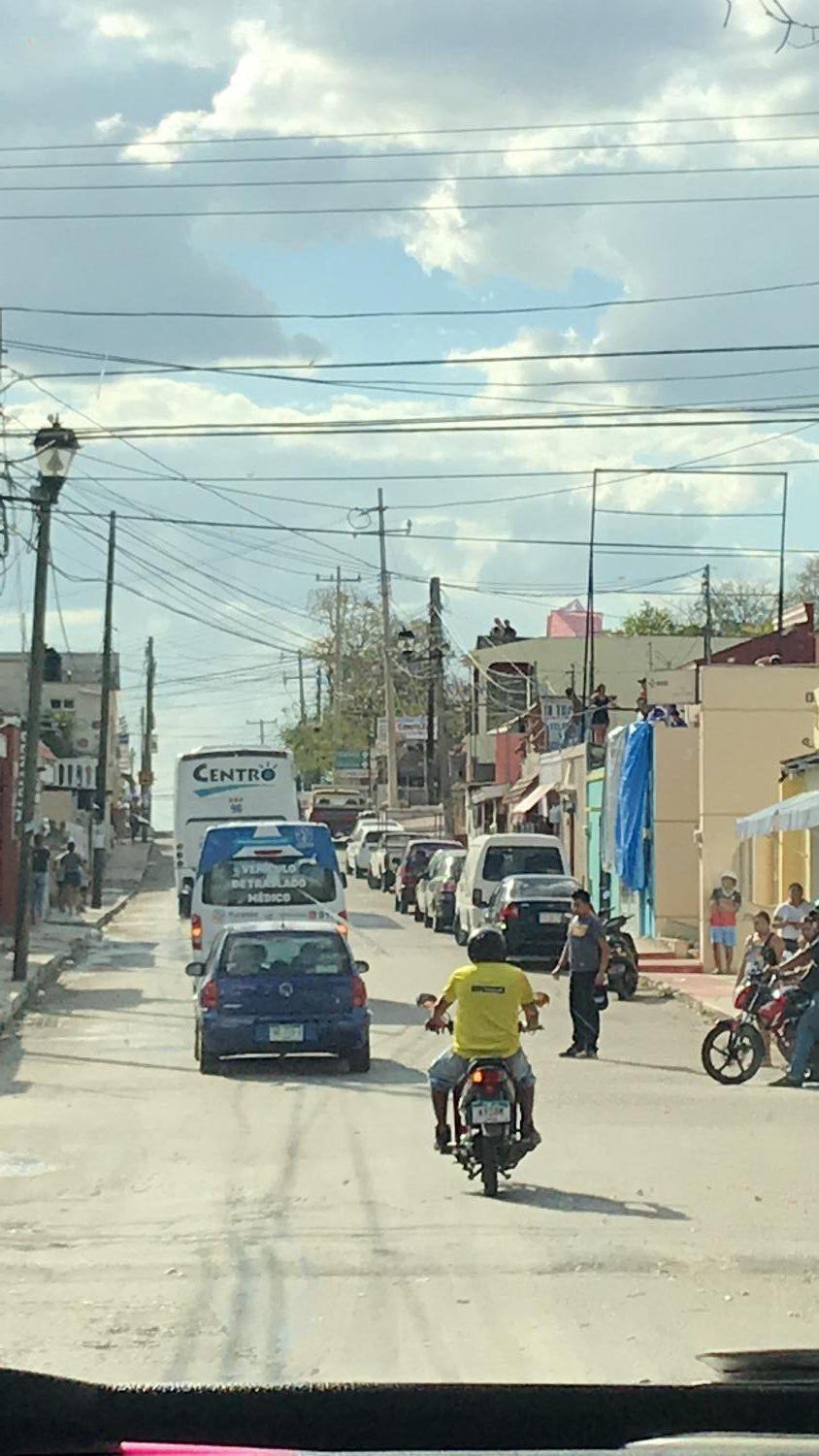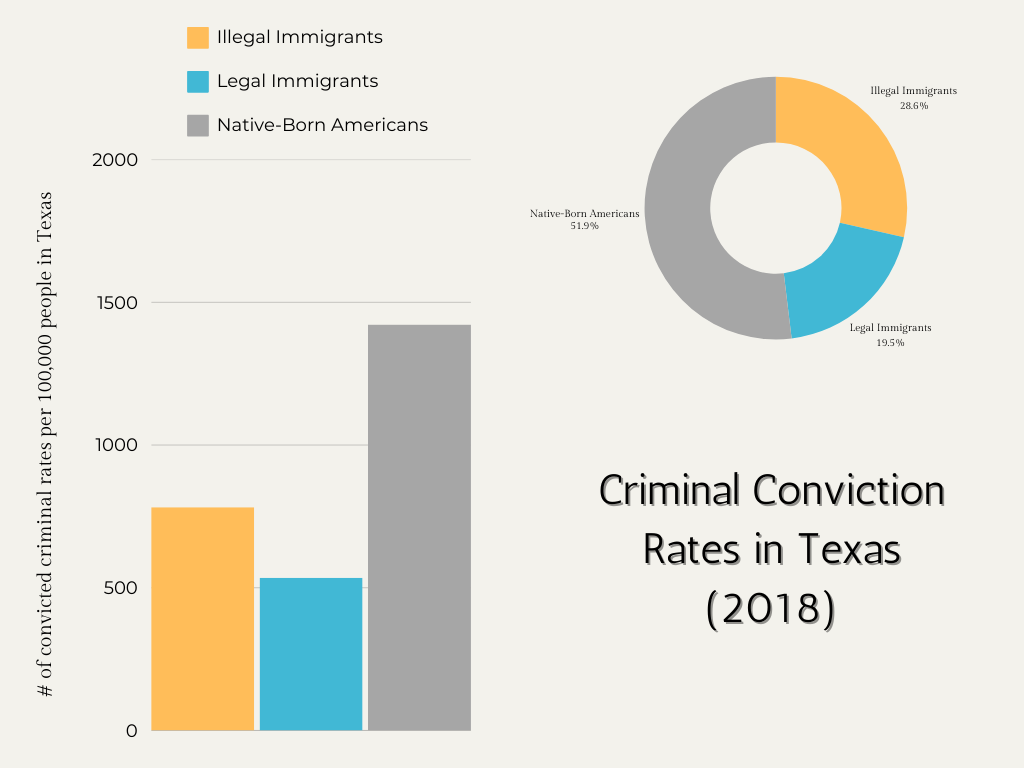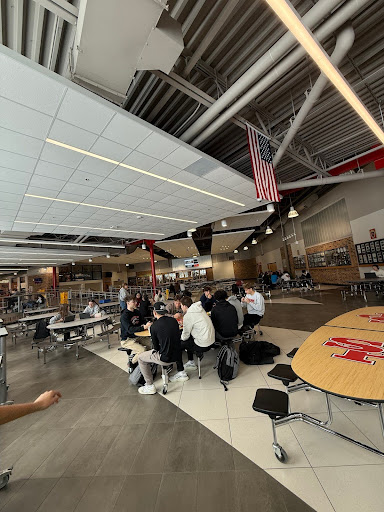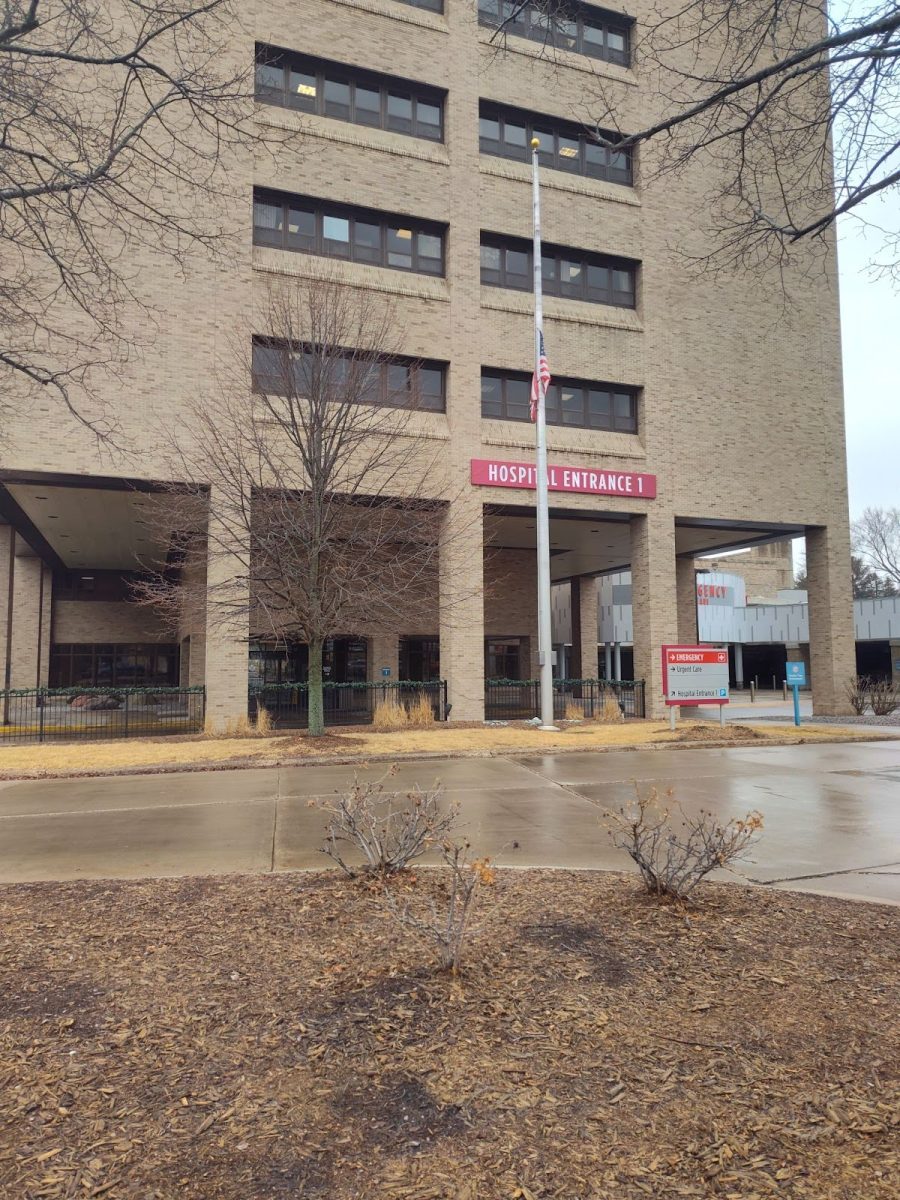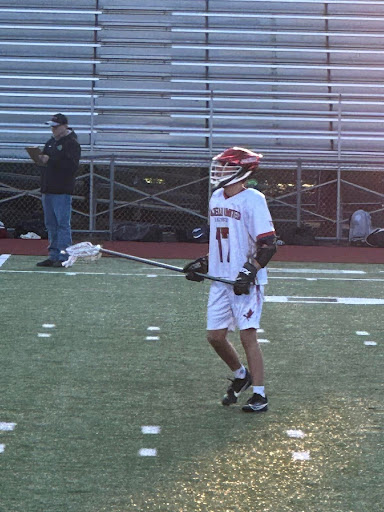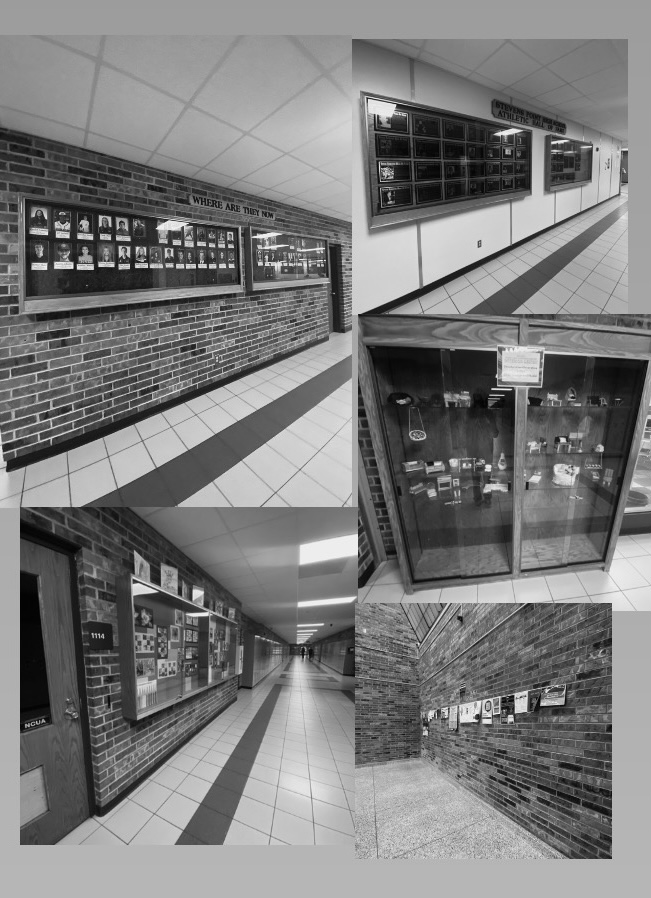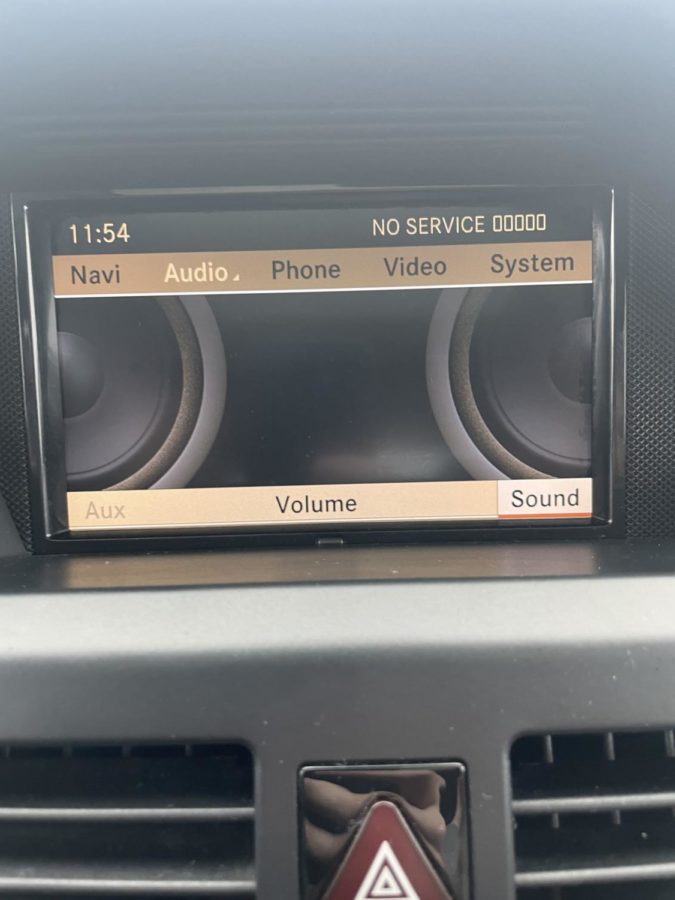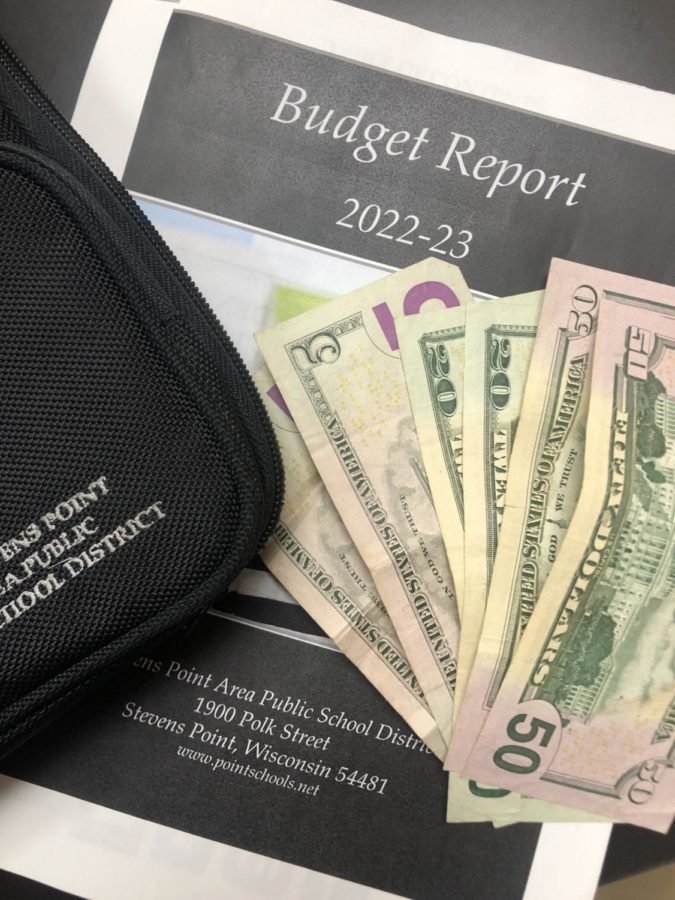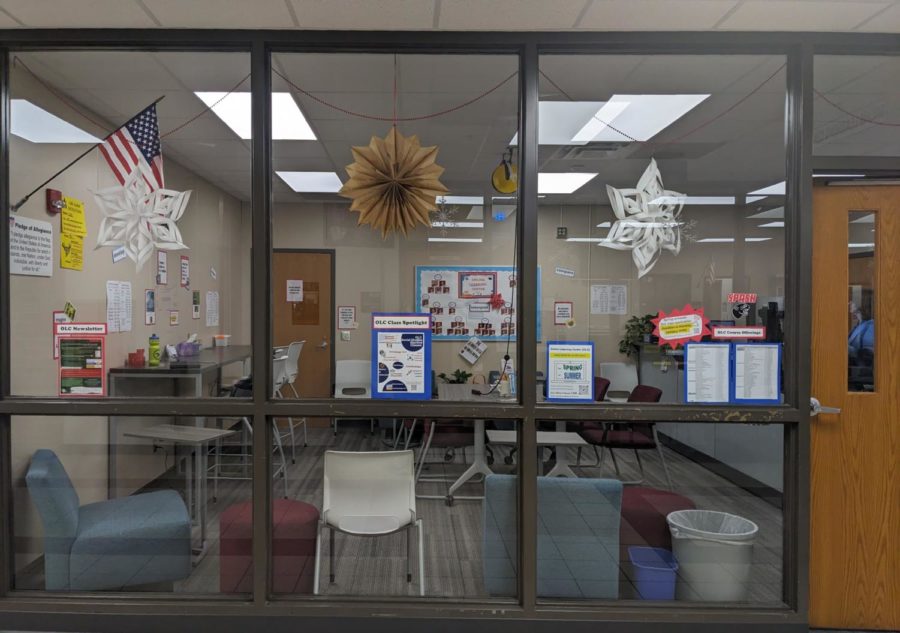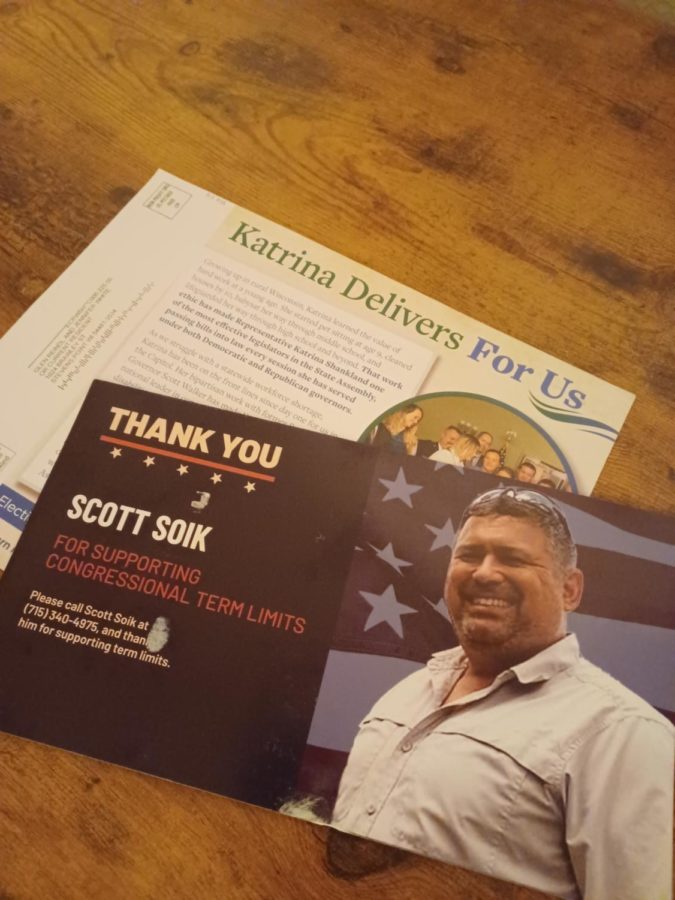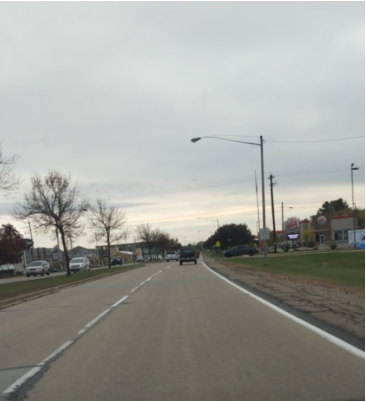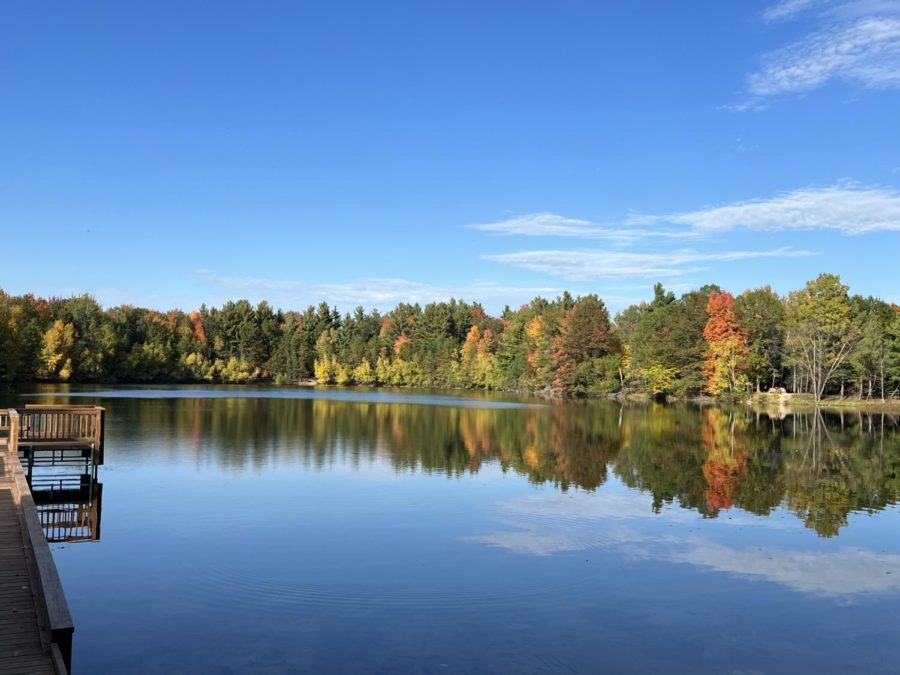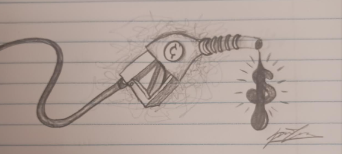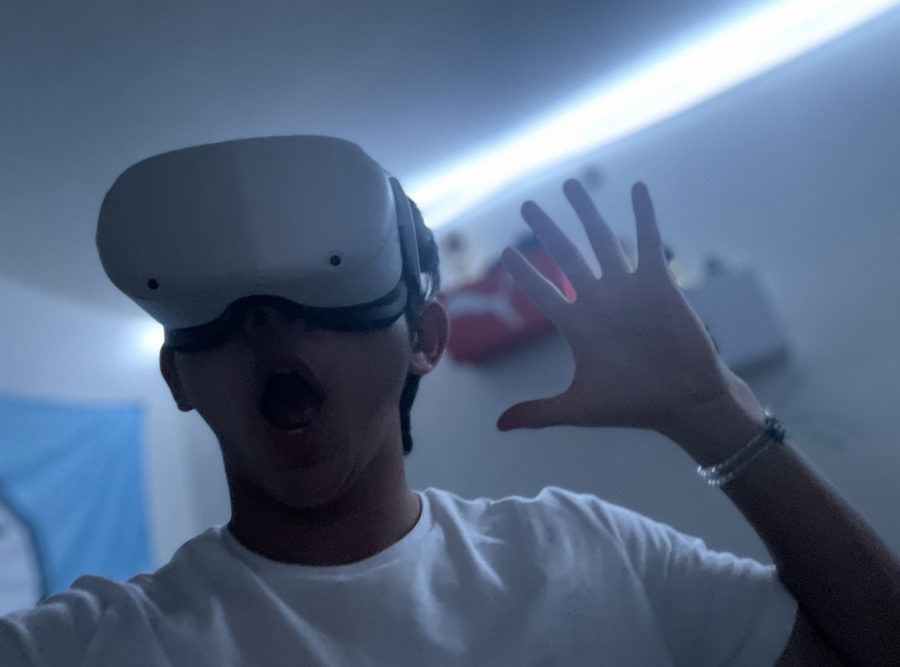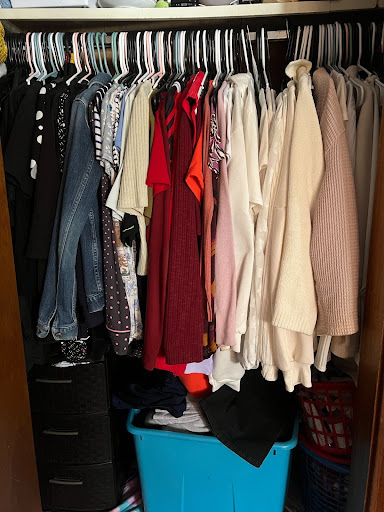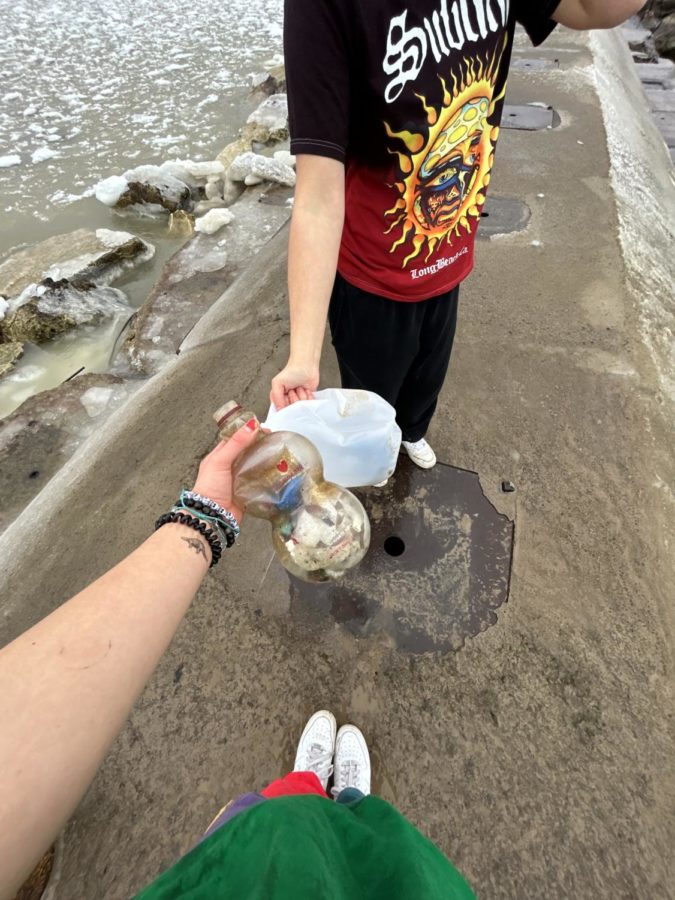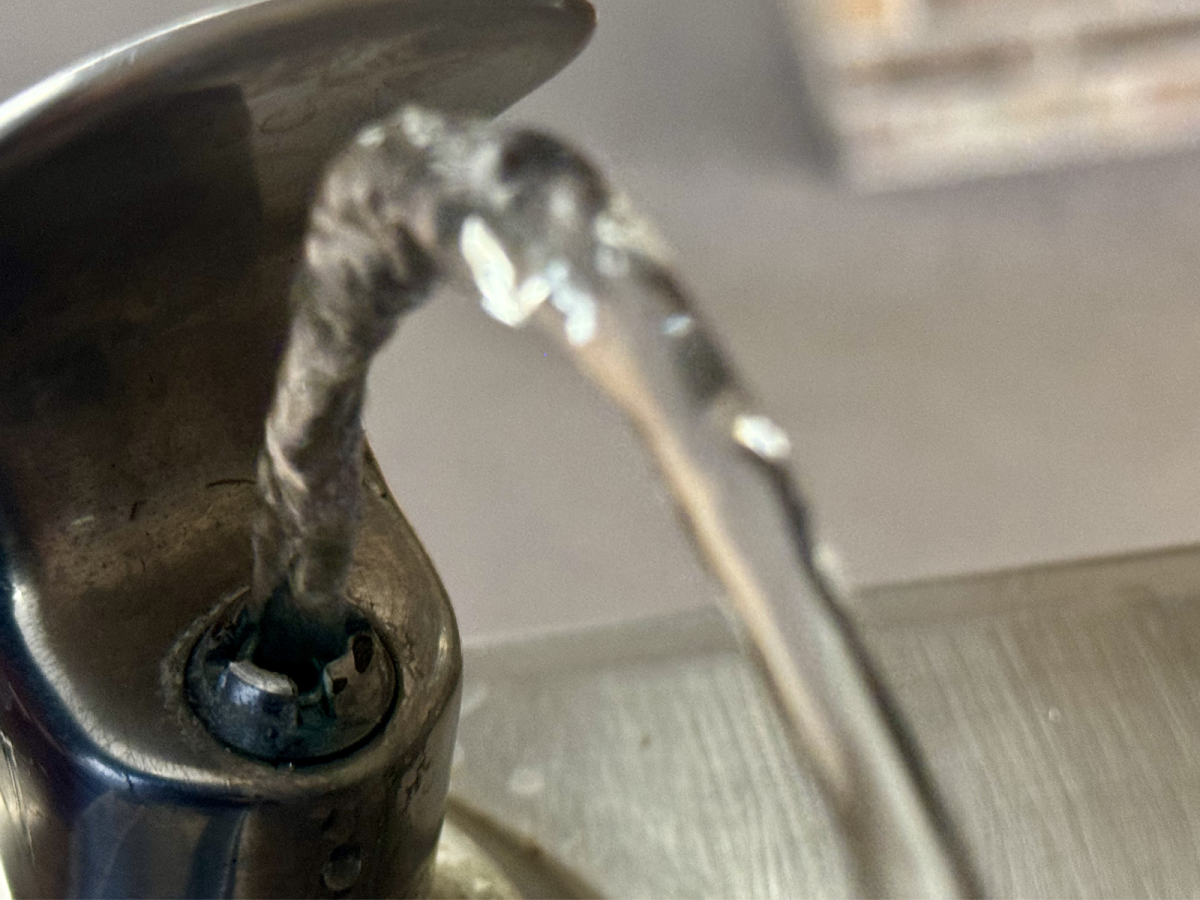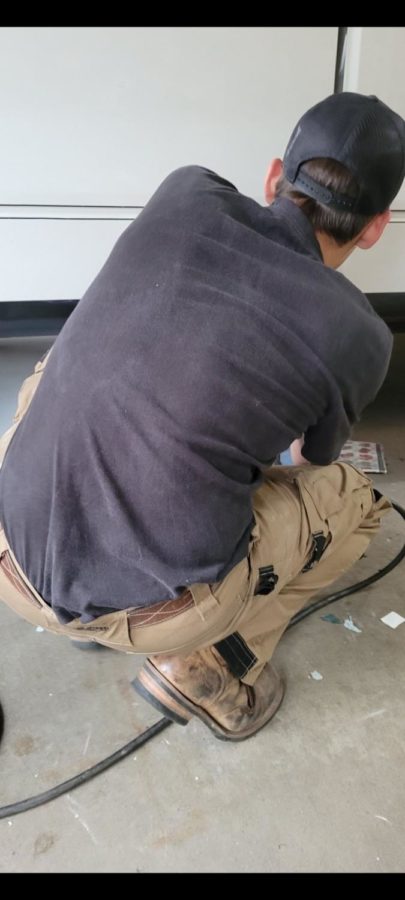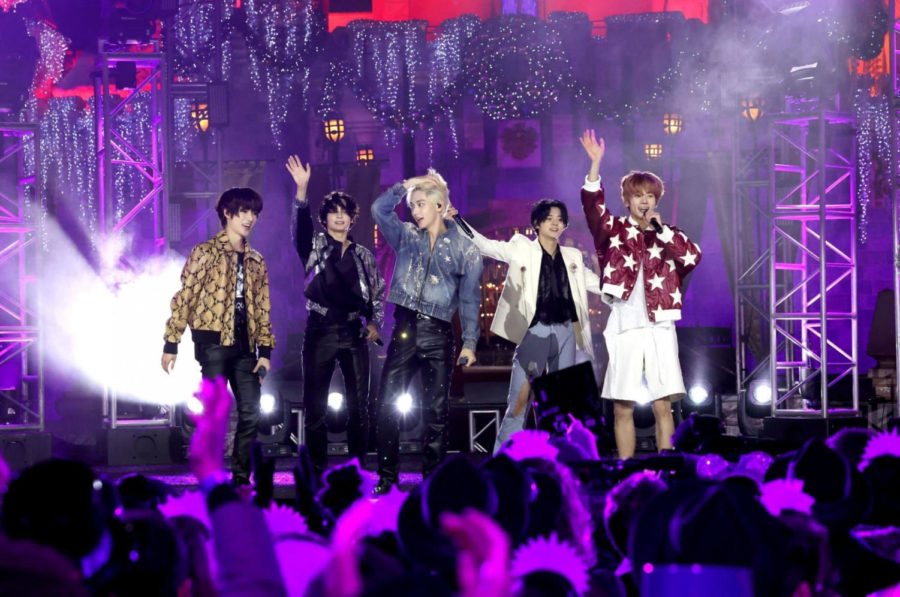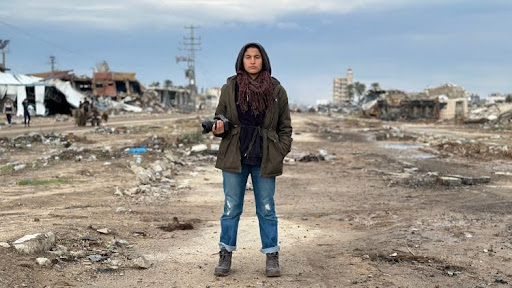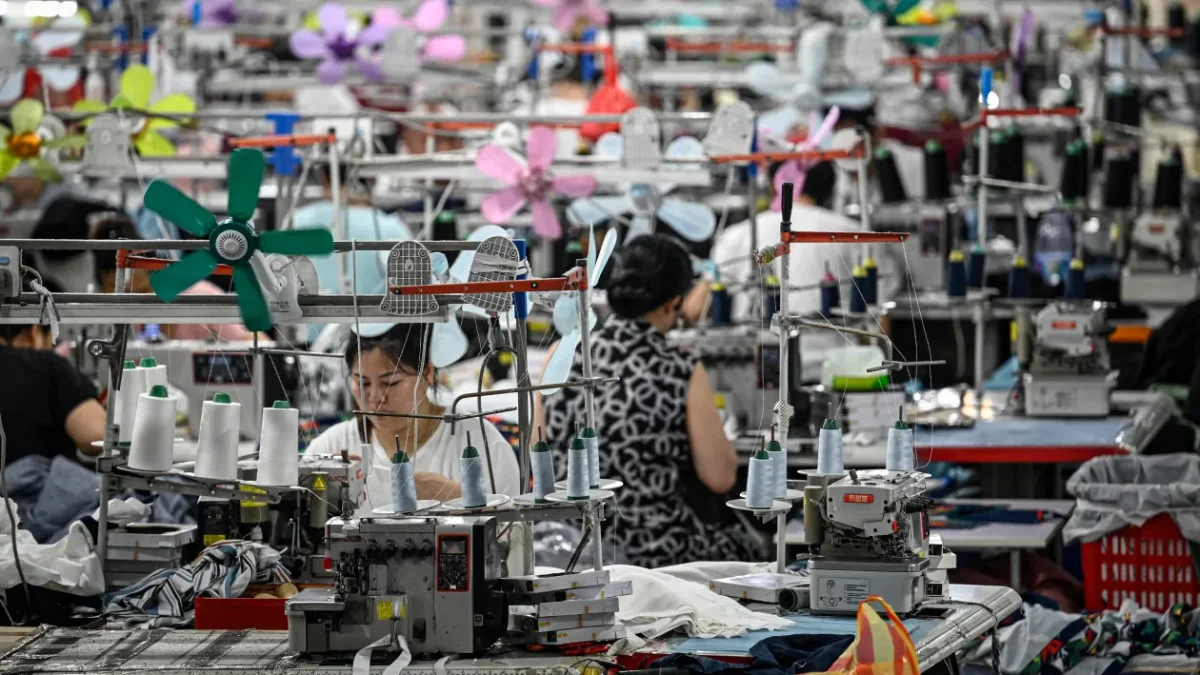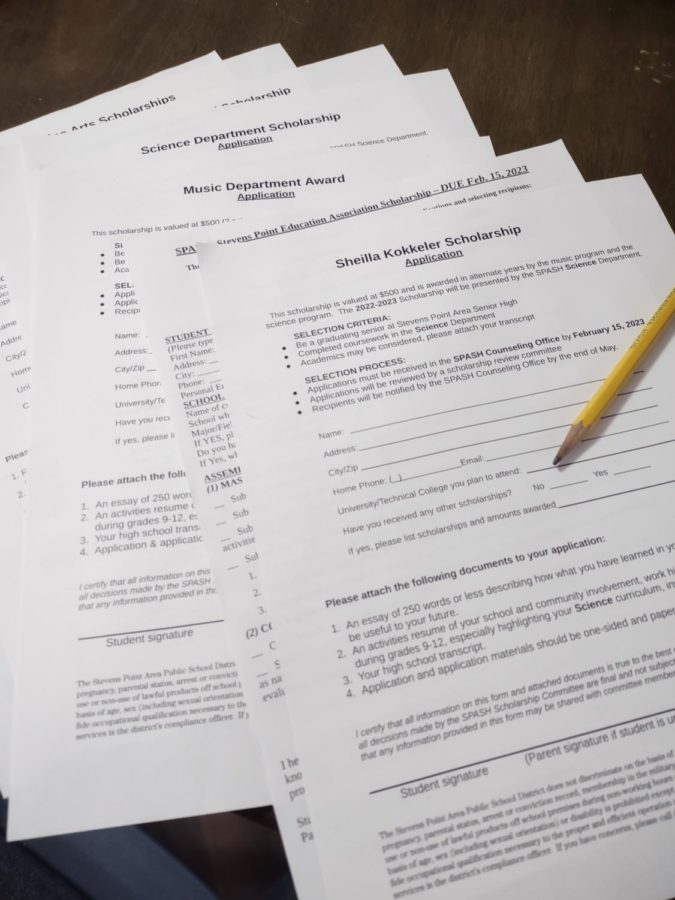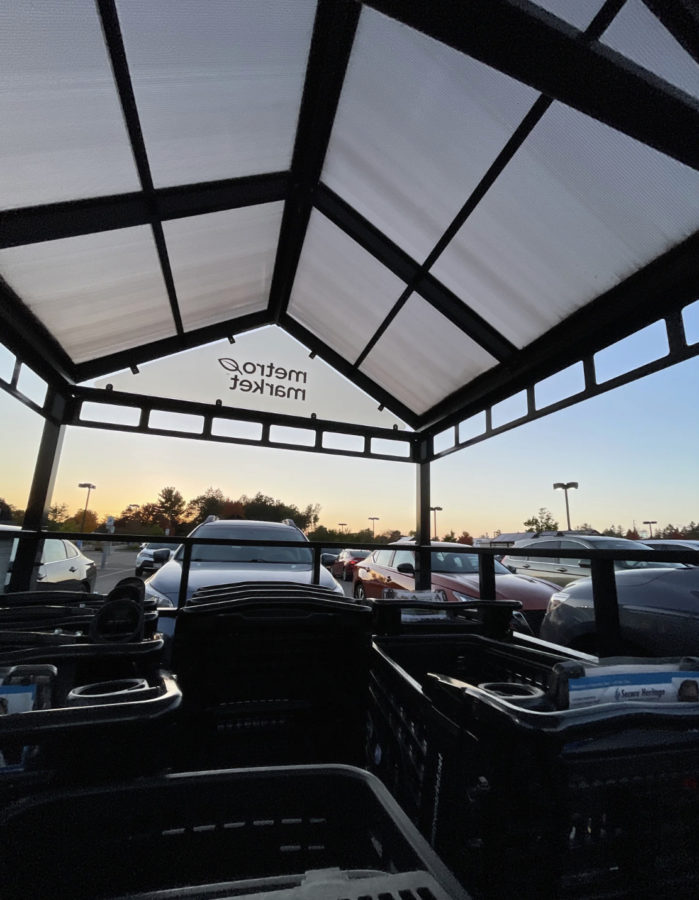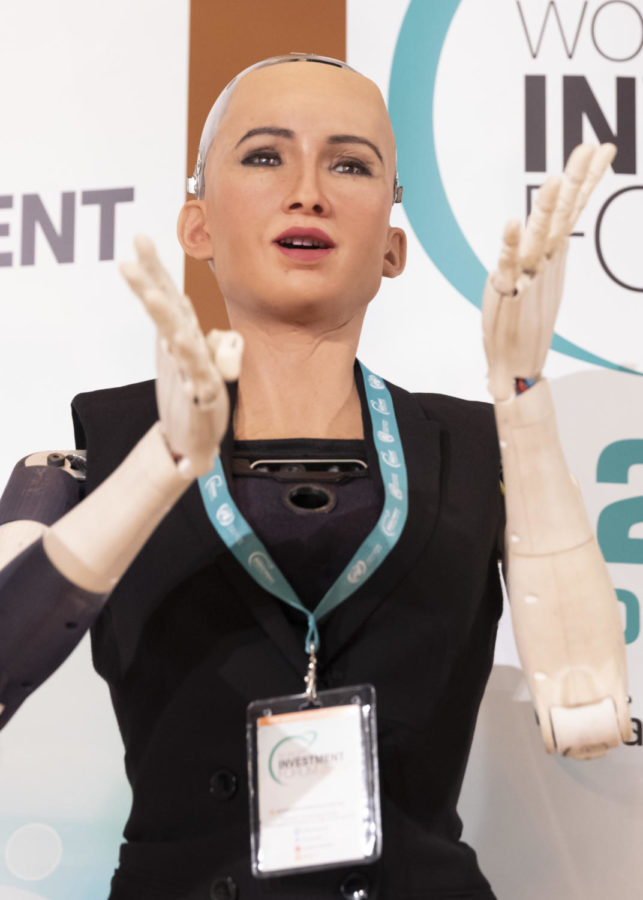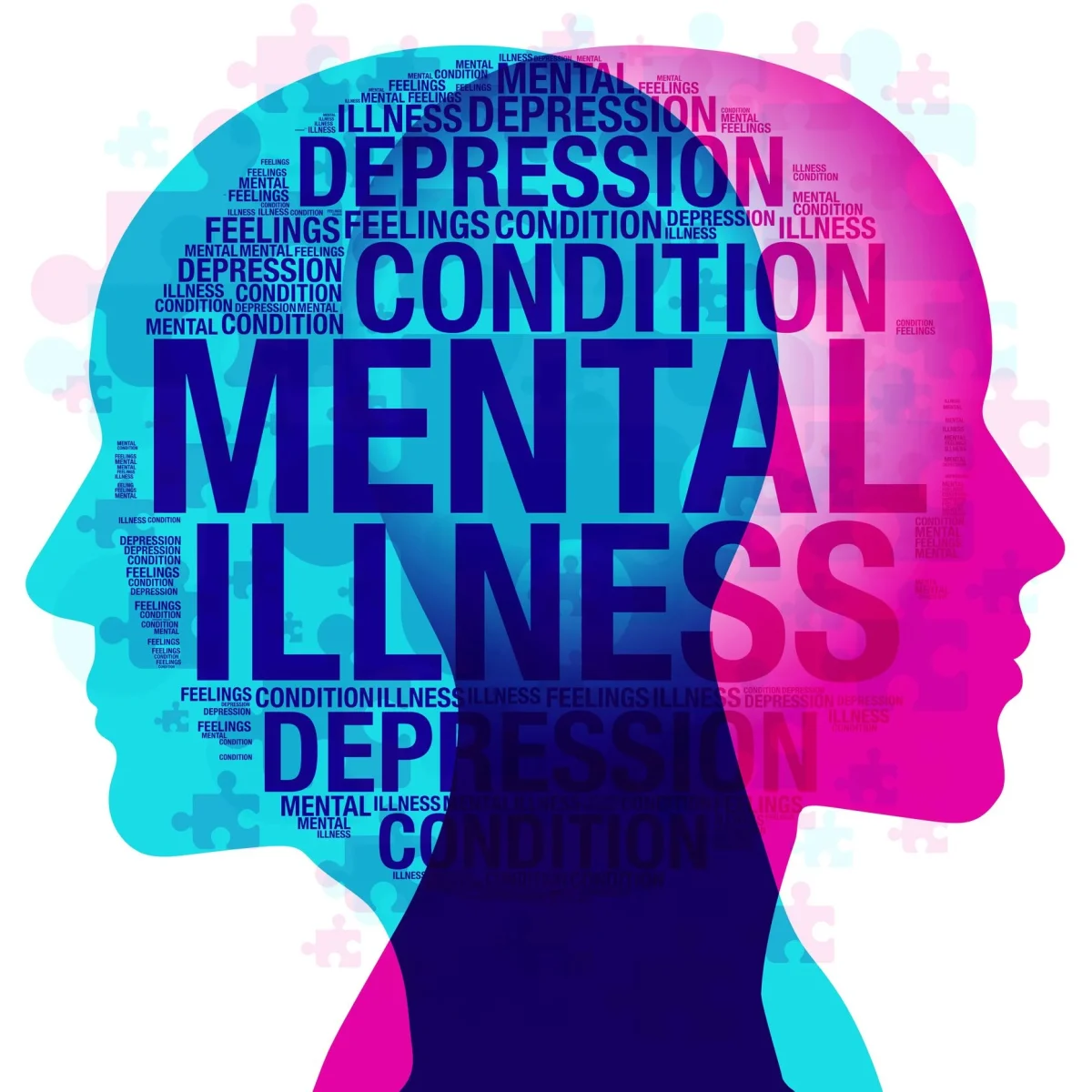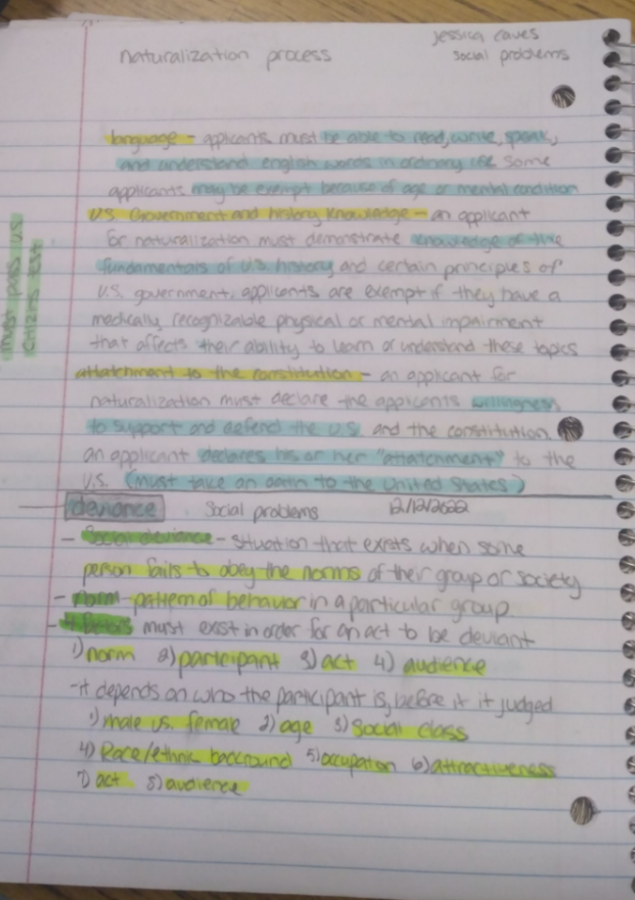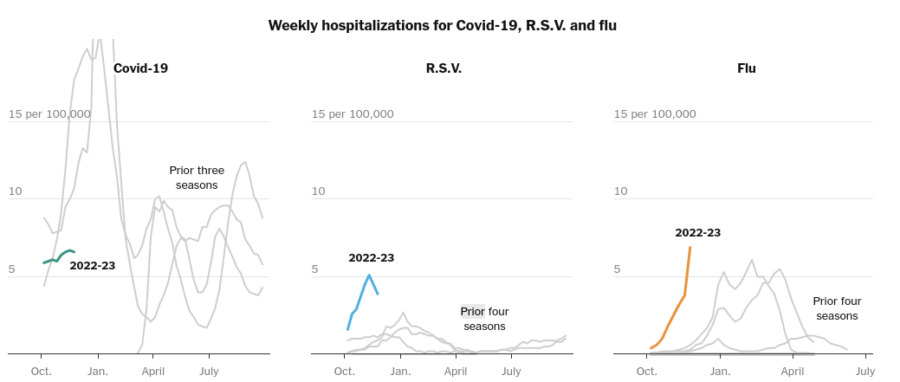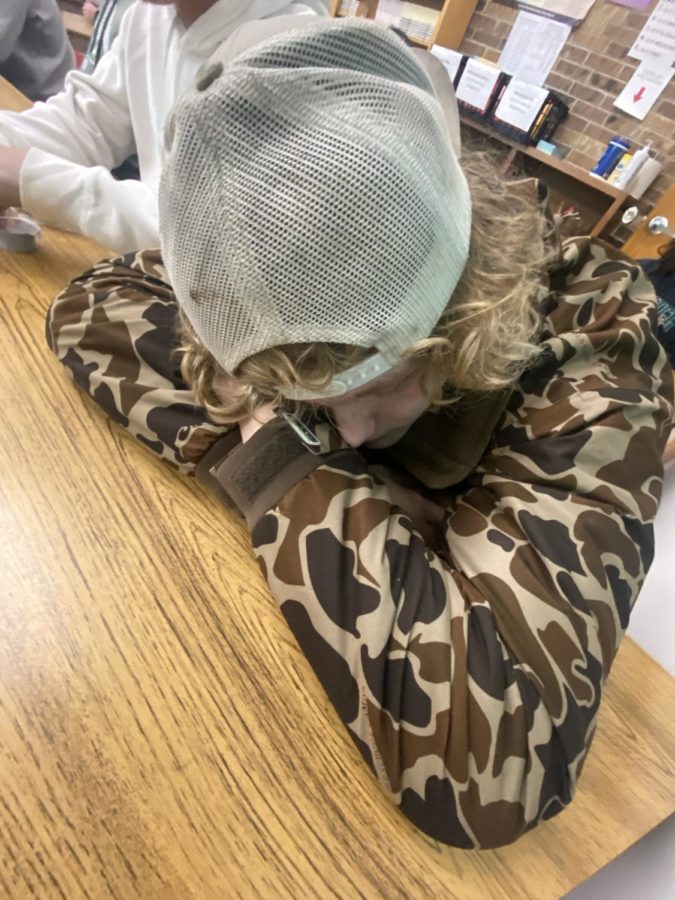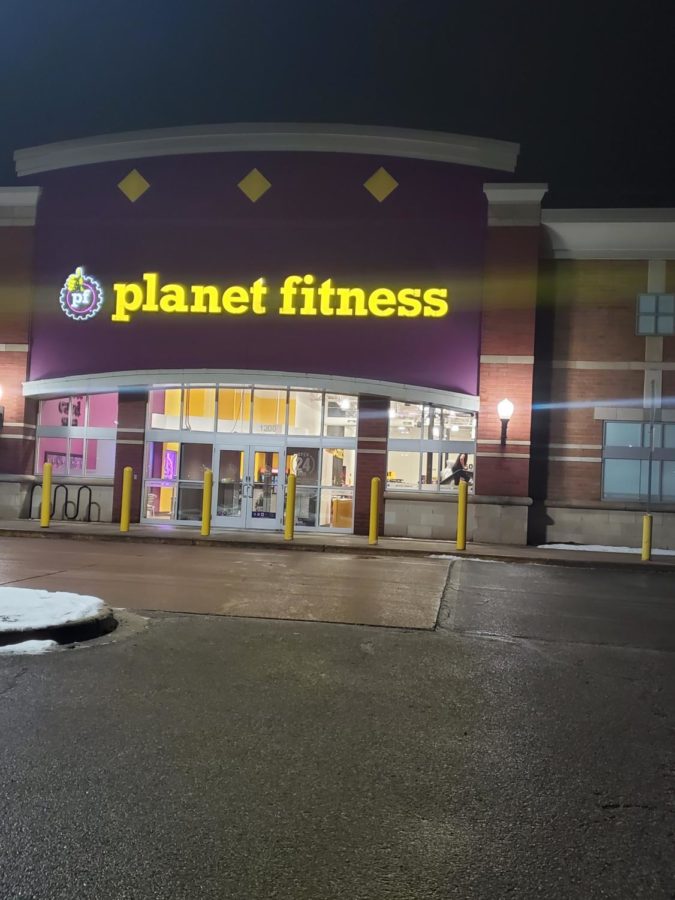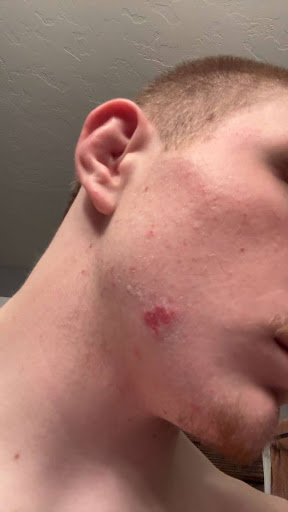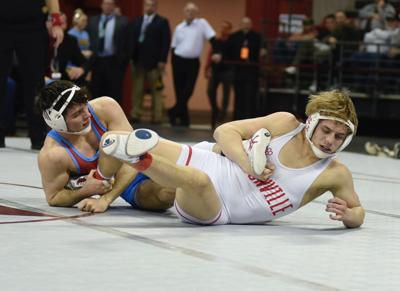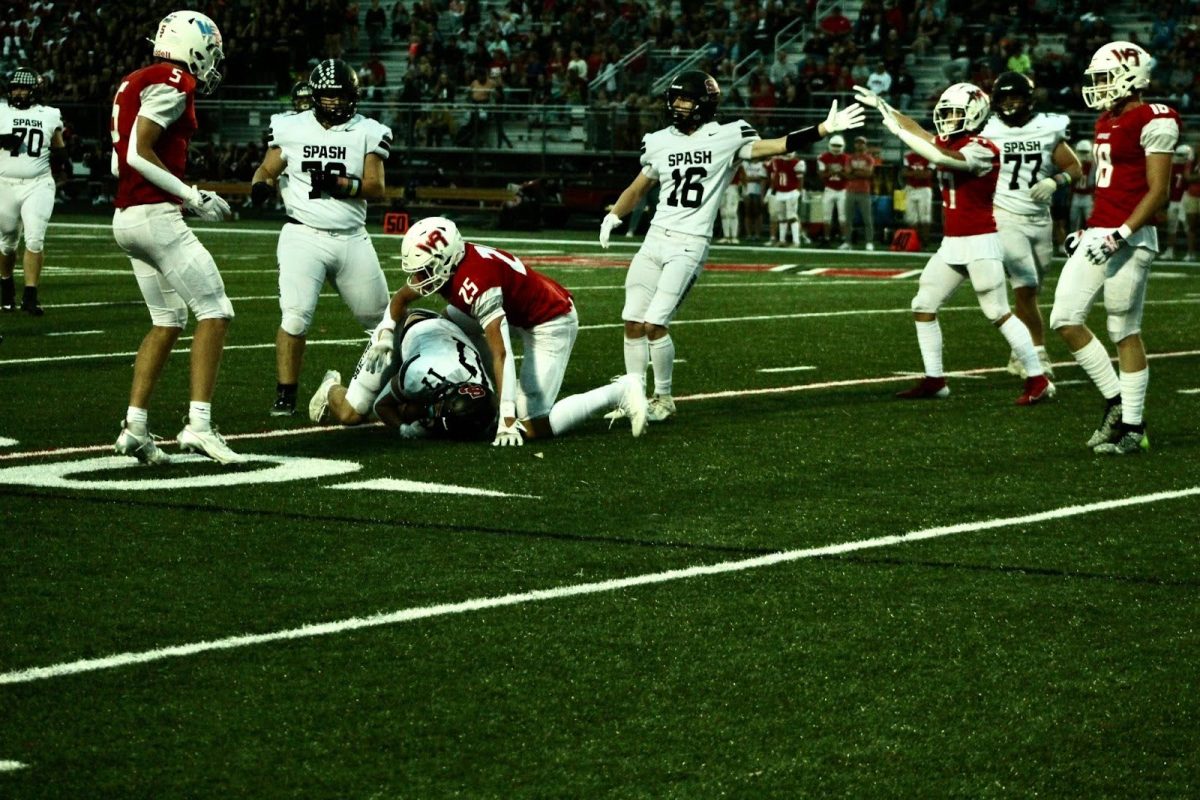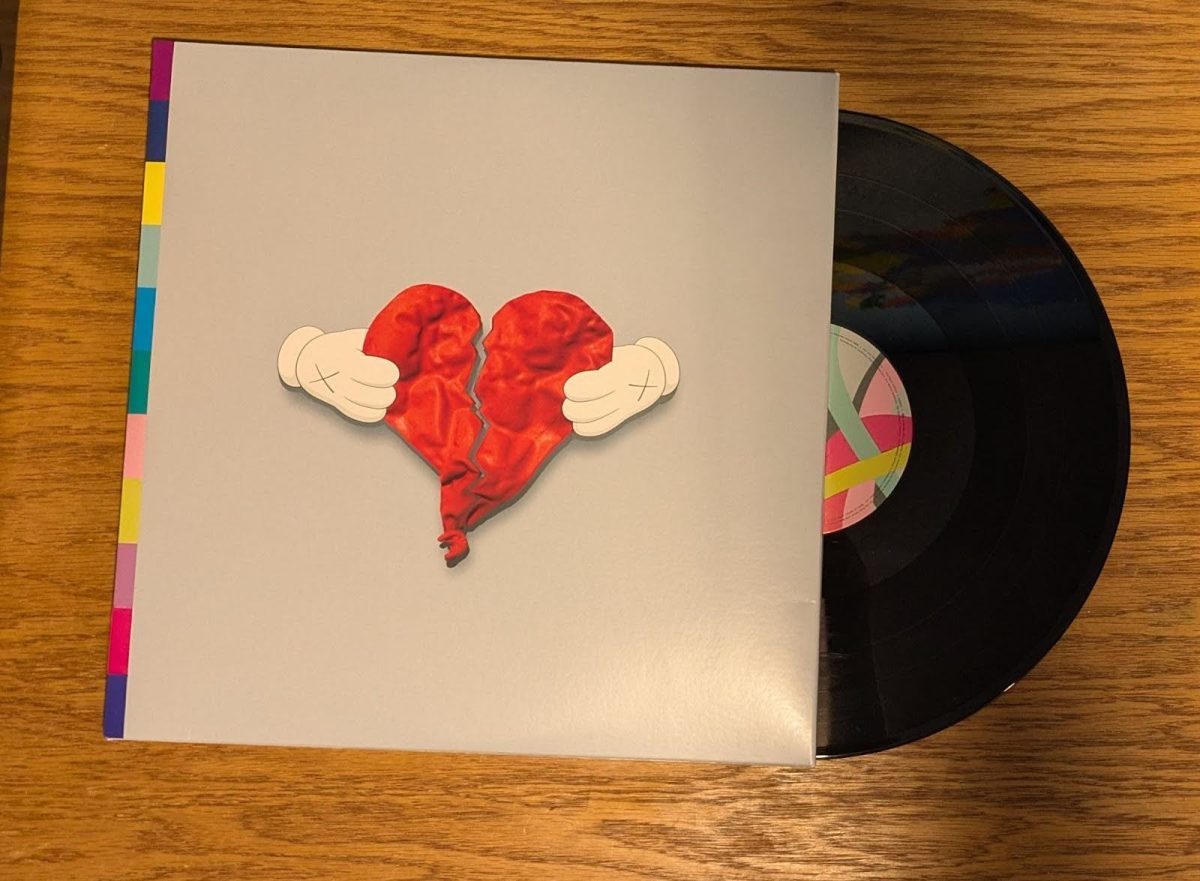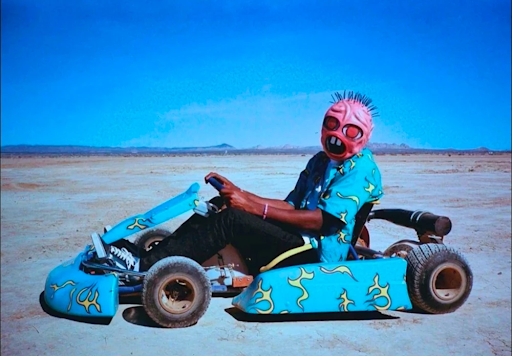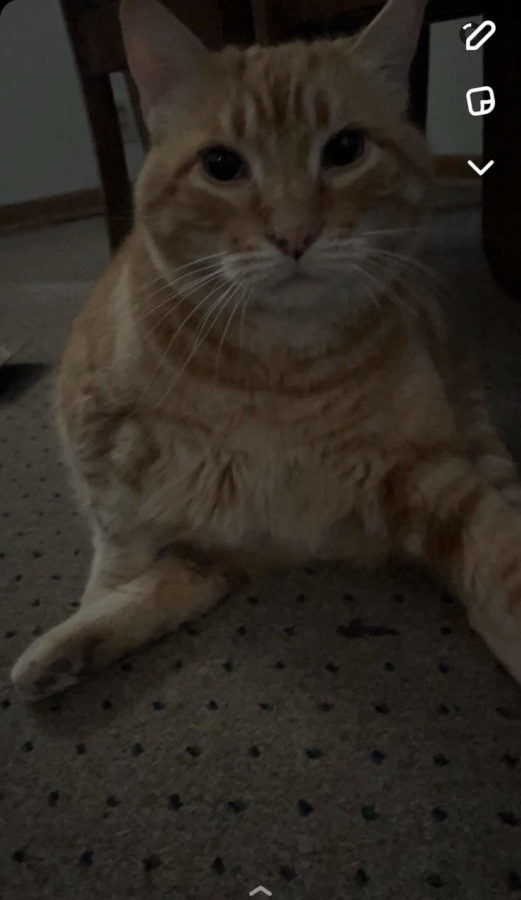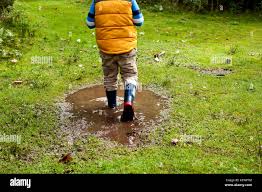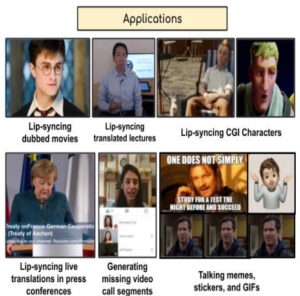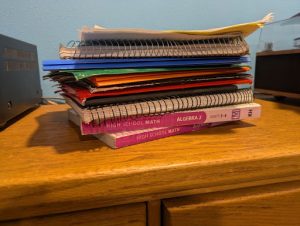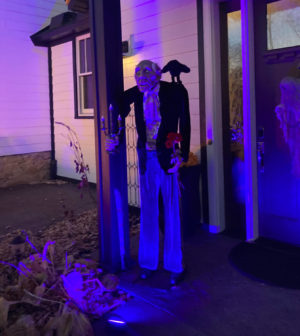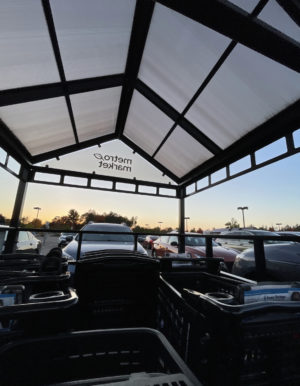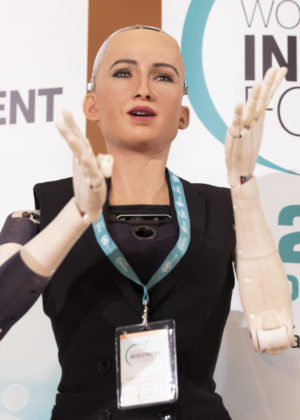The life of an immigrant in the U.S.
May 16, 2019
ARIANA SOTELO
The Mirror
Stereotypes, discrimination, and prejudice are like a dark cloud looming over the United States and one of the groups that have to face these issues the most are immigrants.
An immigrant from Monterrey, Mexico, Alejandra Sotelo has her own story to tell about being someone of color here in the United States. She was able to answer questions about her transformation from a poor immigrant trying to find her way in a new country to now being a successful citizen of the United States.
Q: What is life like in Mexico in comparison to the United States?
A: Life was hard, we had to work a lot every day and nothing was easy. Mexico was much more dangerous than the United States and life was harder in the U.S.
Q: Around what age did you come to the United States and why?
A: I was 27 when I came to the United States and I wanted a better life for our kids. My son was already born in Mexico, but then we had my daughter and we decided that she needed to grow up in the United States, so we started the processes of moving to the United States.
Q: What was the process of coming to the United States like? How long did it take?
A: The process is a little easier for us because my husband worked for the Government so they were able to help us with a lot of things. But for normal people, it is a long process to get here. We had to have relatives sponsor us here before we came to the United States.
Q: When you initially came to the United States what was your biggest concern?
A: Finding a job and making sure that my kids had somewhere to stay and some food to eat.
Q: Where did you work in the United States?
A: At a company called “Jel Sert” that makes flavor ice and kool-aid.
Q: What was the most difficult part of transitioning to a new environment?
A: It was difficult because I didn’t speak English very well and I was in a country where everybody spoke English. I didn’t always understand the language and I didn’t always understand the customs and the processes to do a lot of things.
Q: How were you able to overcome any problems you faced surrounding racial discrimination or stereotypes?
A: A lot of hard work. Again the company I worked for had a lot of Hispanics so I was able to make connections there. I also took English classes for about three to four years on and off at a community center.
Q: What was it like to finally take the citizenship test and get your citizenship papers?
A: That was the happiest day of my life. The test was hard, the studying was hard, but when I actually went to the ceremony where they swear you in and you get your certificate, that was a very proud moment for me.
Q: What were some of the main struggles that you faced while working in the United States after such a big change?
A: I didn’t understand the process of how to do things. For example how paychecks work, how banks work, just the work in general, the forms you have to fill out and those types of things. I didn’t understand that process as well as somebody who was born here.
Q: Were you able to connect to other people at your workplace are immigrants?
A: Yes, our company had a lot of Hispanics that came there. It was a factory job so a lot of my friends worked at that company as well.
Q: Do you still face racial stereotypes or discrimination today? In what way?
A: There is always a little bit, especially because I still have an accent. People automatically assume that I don’t understand what they are saying because I have an accent.
Q: Do you ever wish that you were still living in Mexico? Why?
A: No, because the United States has been able to give me and my family more opportunities. Mexico was also a very dangerous place to live in.
